Cartier London – Editorial update on the Cartier exhibition at the V&A Museum
As the Victoria and Albert Museum stages its landmark Cartier exhibition (on view until 16 November 2025), Property of a Lady takes the opportunity to bring renewed attention to the three-part series originally published in spring 2020, dedicated to Cartier London.

The exhibition, the first major retrospective in London in almost thirty years, presents over 350 pieces drawn from the maison’s own holdings, international museum collections, the Royal Collection, and private lenders – some of which are on public view for the very first time. It casts new light on a key chapter in Cartier’s history that is often overshadowed: the British adventure. While the maison’s Parisian heritage is undisputed, it was in London that Cartier consolidated its international reputation in the early 20th century, cultivating an elite clientele drawn to a style that balanced grandeur with restraint.
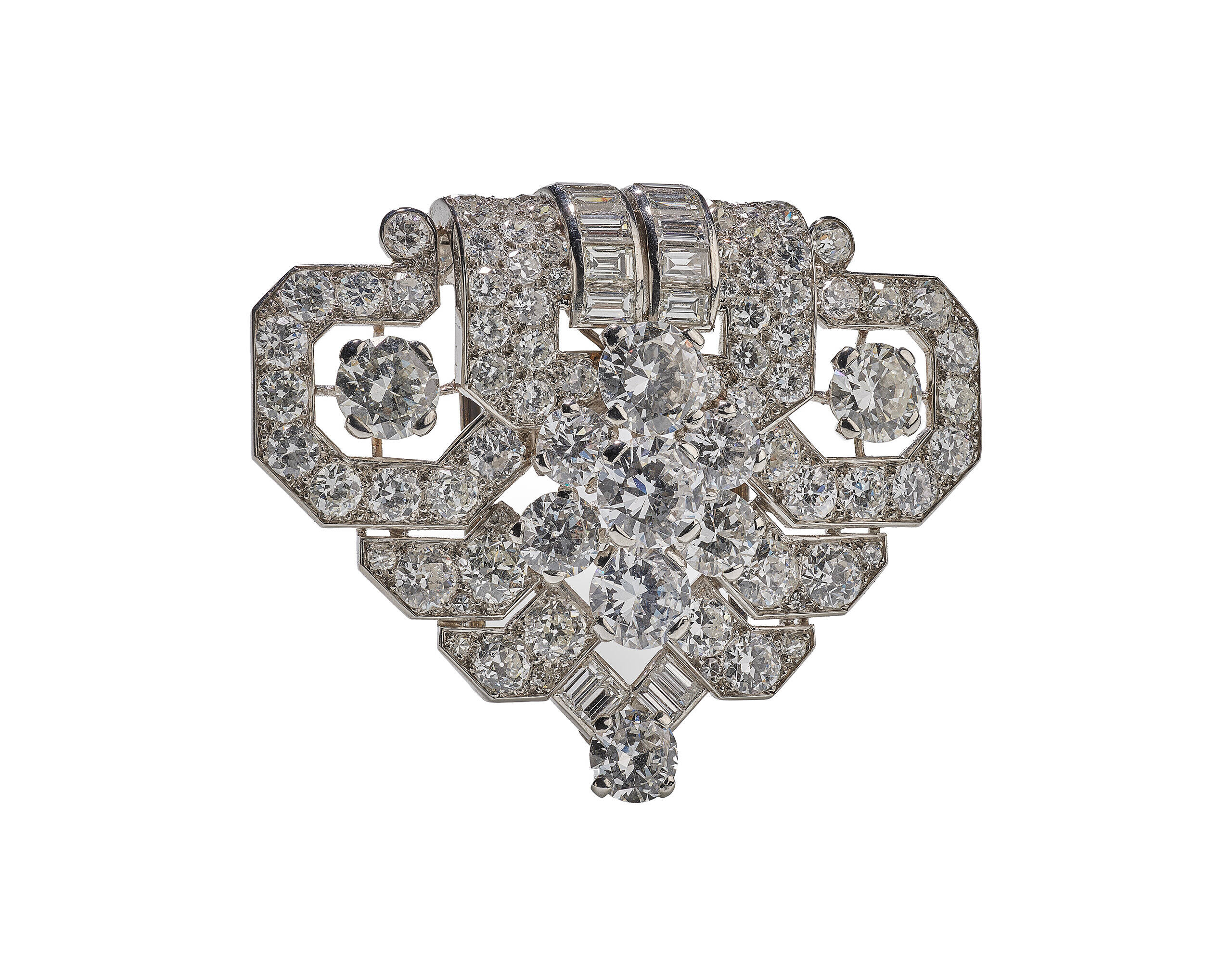
In 1904, Cartier was granted a Royal Warrant by King Edward VII, a distinction bestowed on official suppliers to the Crown. Two years later, Jacques Cartier formally established the London branch, first on Regent Street and soon after at the now-iconic address of New Bond Street. An atelier was installed on the upper floors of the building, where more than one hundred craftsmen fulfilled bespoke commissions – firmly embedding the Cartier style within Britain’s aristocratic fabric.
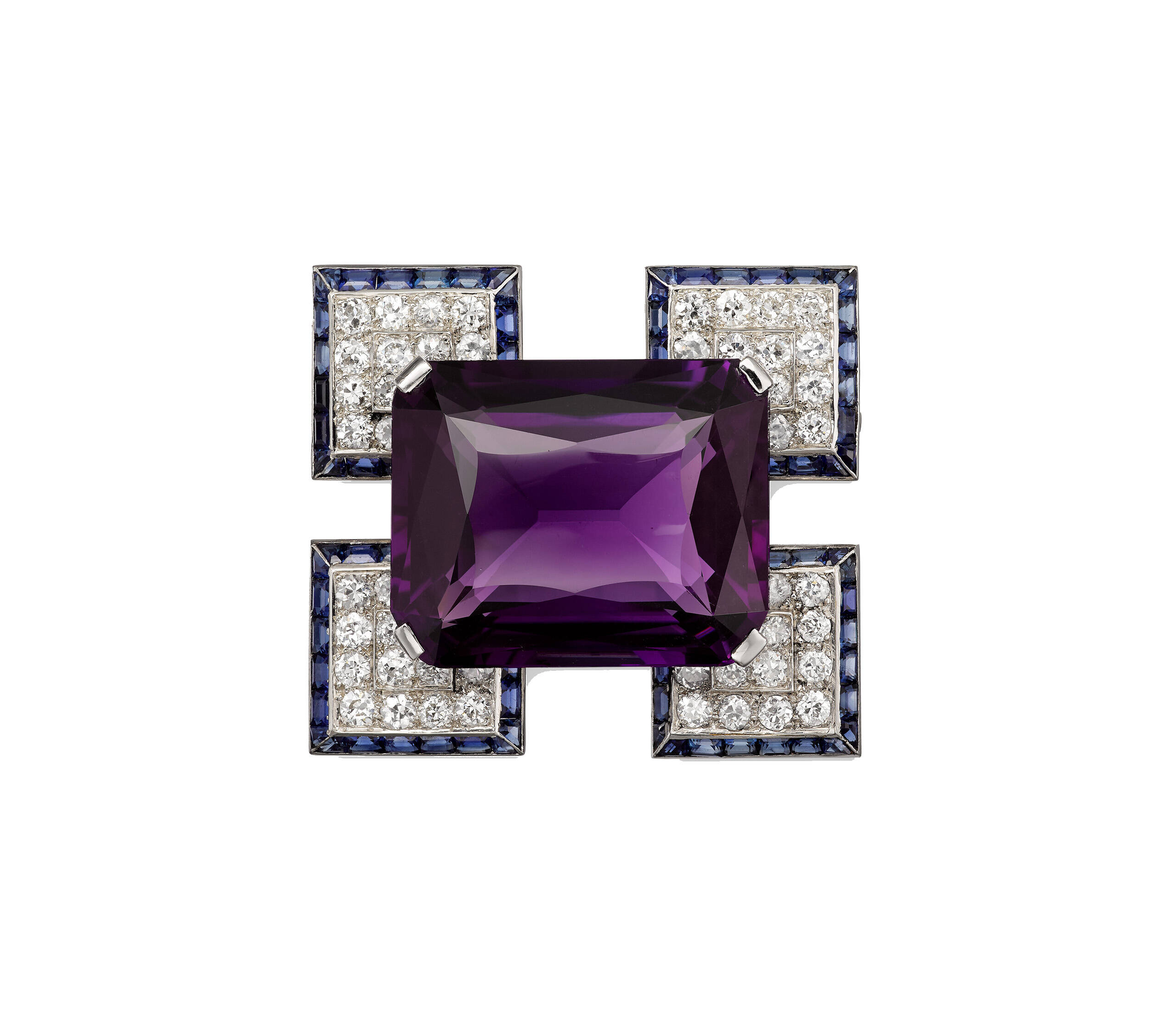
The V&A’s curatorial narrative revisits this foundational moment, situating Cartier London within the broader context of British society at the time. Particular focus is given to the roles of Jacques Cartier and his son Jean-Jacques, the latter bringing a bold, design-forward approach to the branch from the 1960s onwards – most notably with the creation of the Crash watch in 1967, a product of the creative ferment of the Swinging Sixties.
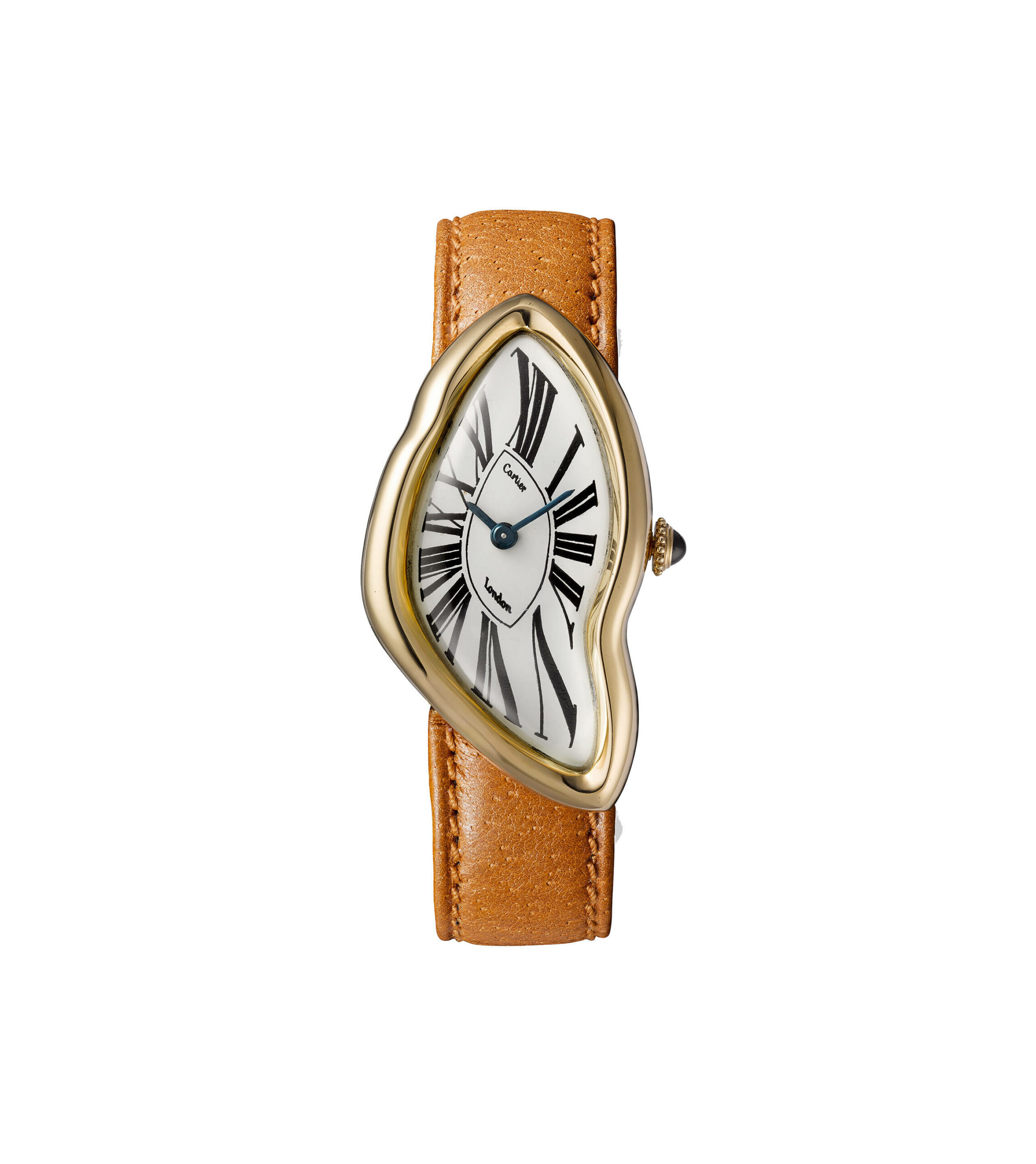
Several standout pieces on display illustrate the distinctive dialogue that characterises Cartier London. The Scroll tiara (1902), created in the guirlande style for the Countess of Essex, epitomises the refined classicism of the Edwardian era. The Rose clip brooch (1938), owned by Princess Margaret, has recently been reattributed thanks to new archival findings. The Williamson brooch, completed in 1953, showcases a rare pink diamond presented to Princess Elizabeth as a wedding gift in 1947. The Tutti Frutti bandeau (1928), commissioned by Lady Mountbatten, is a striking example of Indo-European hybrid design and exceptional craftsmanship. Finally, the Manchester tiara (1903), a transatlantic commission by a Cuban-American heiress married into the British aristocracy, is one of the highlights of the exhibition.

Photography: Vincent Wulveryck for Cartier Collection © Cartier
One gallery is devoted entirely to tiaras. The year 1937, marked by the coronation of George VI, proved especially prolific for Cartier London, which created a record number of such headpieces. The original design drawings of Frederick Mew – the branch’s principal designer between the 1930s and 1950s – are shown to the public for the first time.
As curators Helen Molesworth and Rachel Garrahan emphasise, the exhibition’s central thread is Cartier’s ability to adapt and flourish by engaging deeply with local taste. In the London context, this meant grasping the importance of rank, restraint, and prestige, while incorporating design influences from the East – India, Persia, the Islamic world – that harmonised with Britain’s cultivated taste for controlled exoticism. The success of Tutti Frutti jewels, commissions from maharajahs, and transformable pieces all testify to this cultural dialogue.
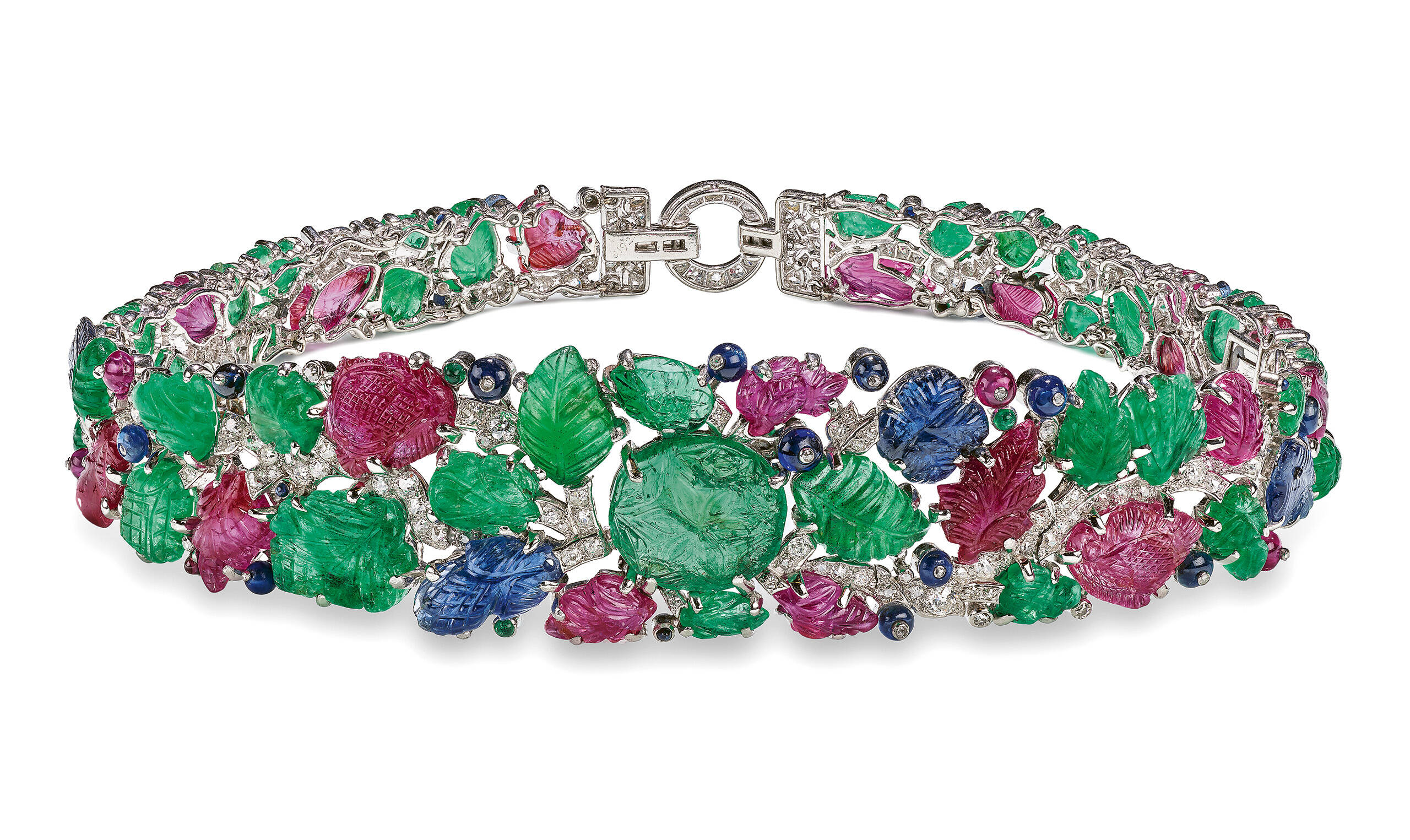
This museum perspective echoes the work initiated by Property of a Lady in 2020 through its trilogy on Cartier London. At that time, the site had the privilege of conducting the very first French-language interview with Francesca Cartier Brickell, great-granddaughter of Jacques Cartier, upon the publication of her acclaimed book The Cartiers: The Untold Story of the Family Behind the Jewellery Empire. This exclusive conversation remains a key contribution to our understanding of the family and creative dynamics that shaped the London chapter of Cartier’s story.
Read or revisit the trilogy:
« He lived for design »: Jacques Cartier, the lesser-known brother
Visitor Information
Cartier Exhibition
V&A South Kensington
Cromwell Road, London SW7 2RL
Tickets: vam.ac.uk/exhibitions/cartier
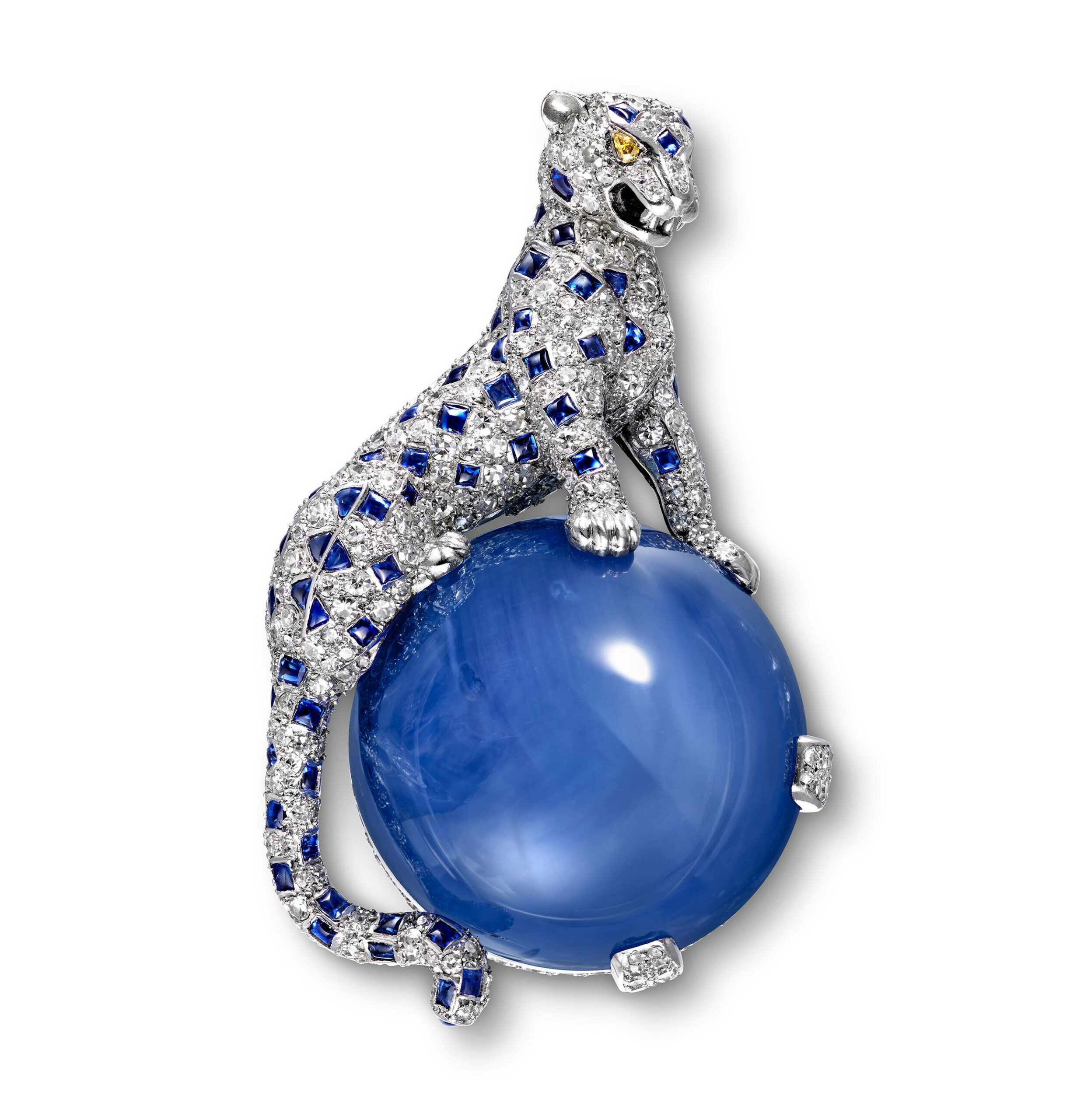
Panthère clip brooch, Cartier Paris, 1949. Sold to the Duke of Windsor, Cartier Collection. Photography- Nils Herrmann for Cartier Collection © Cartier
Manchester tiara, Cartier Paris, 1903 @Victoria and Albert museum, London